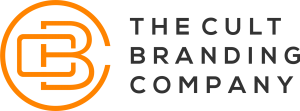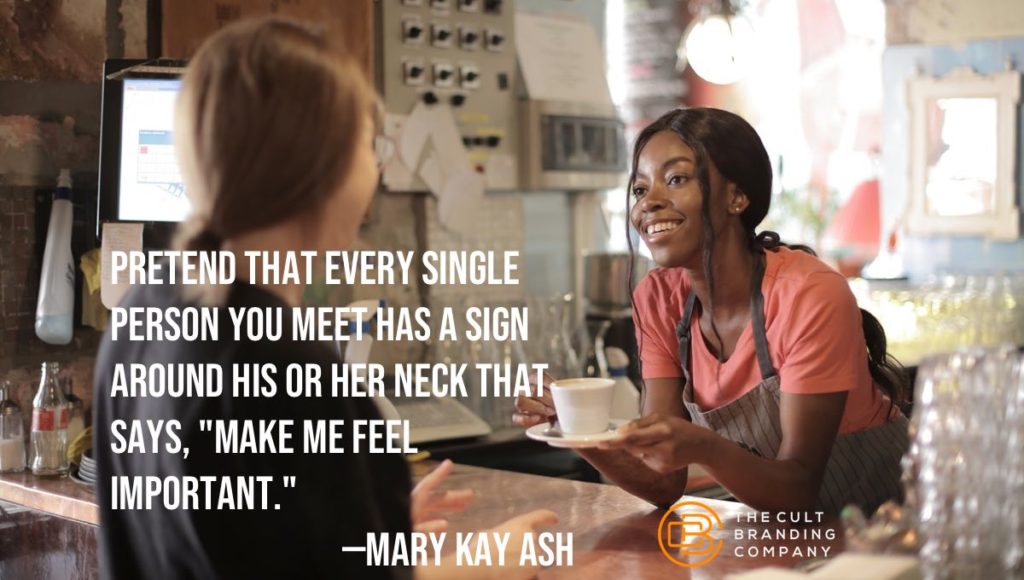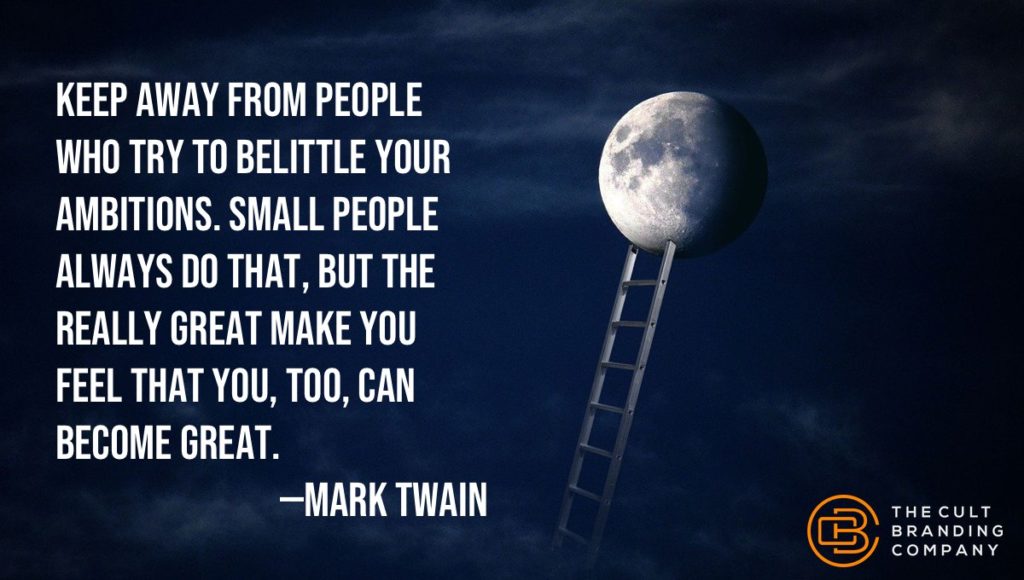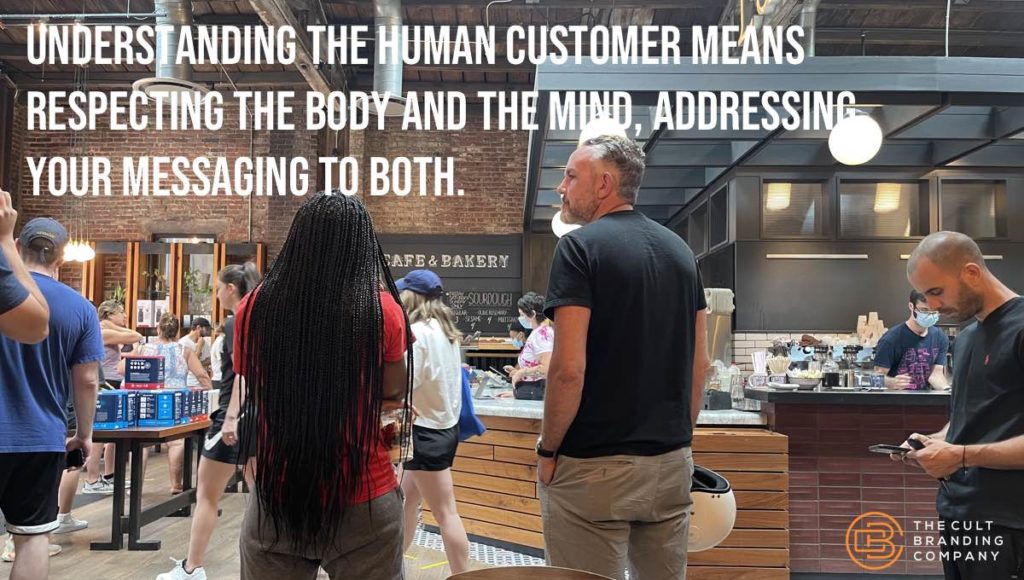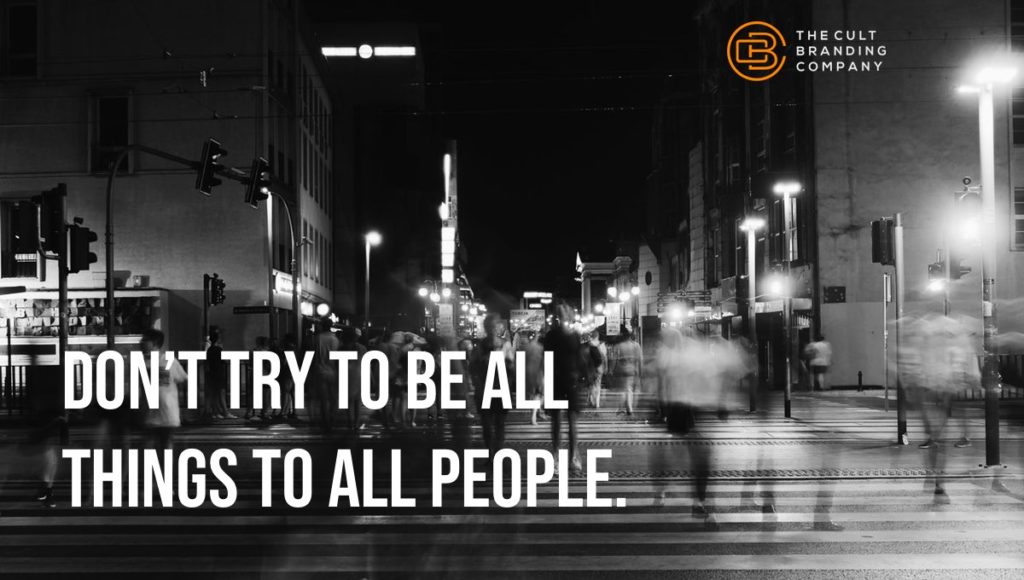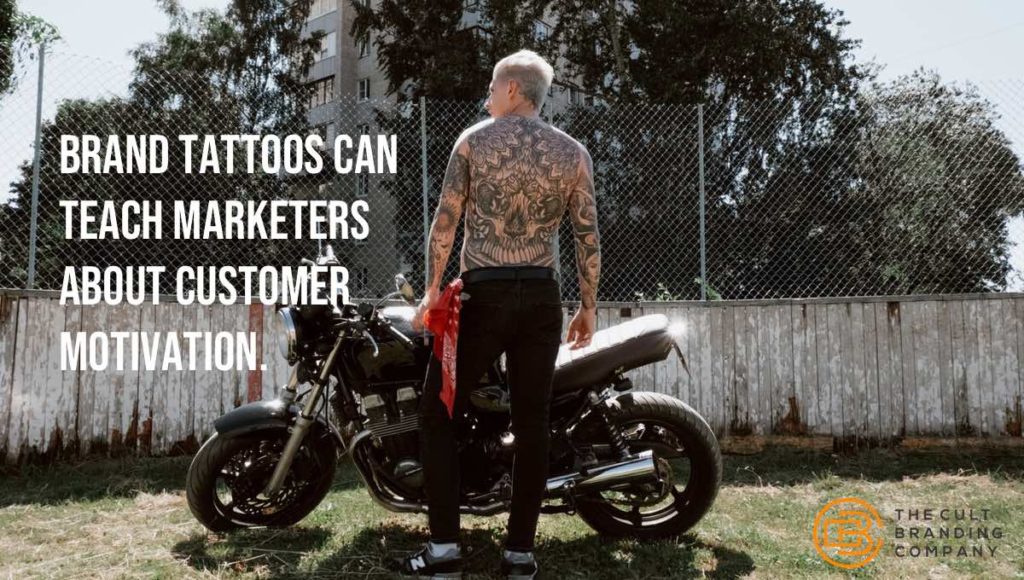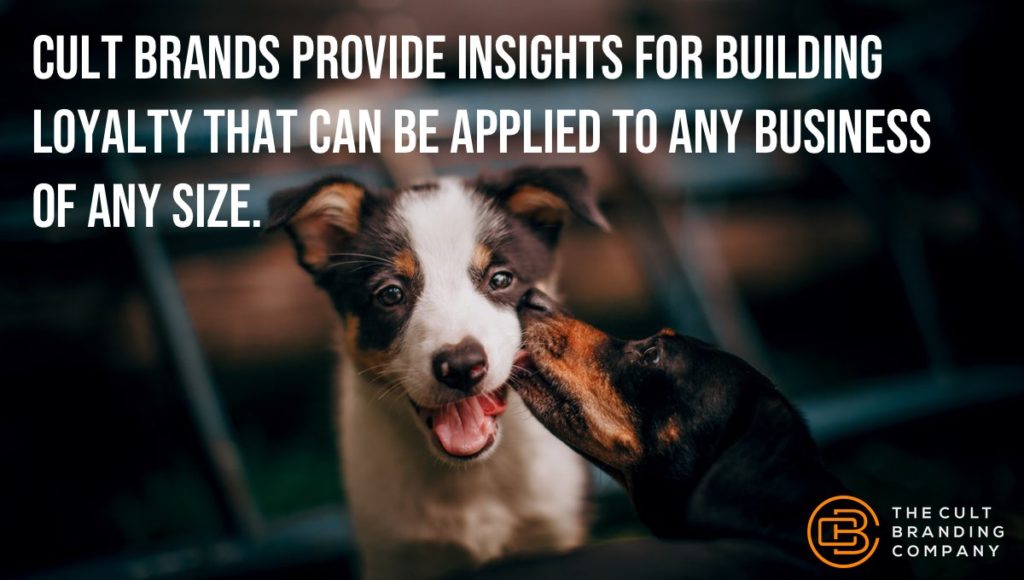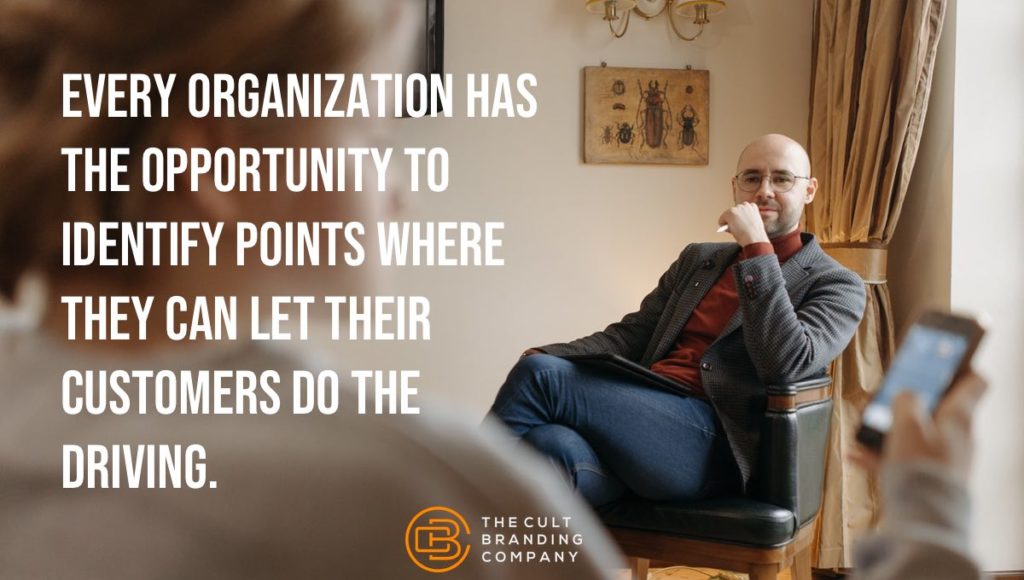
What do you know? It turns out you can buy happiness.
Okay, I might be overstating the case—but only a little. Nearly a decade ago, researchers Scott Rick, Beatriz Pereira, and Katherine Burson found that retail therapy—going shopping specifically to lift the mood, a behavior typically characterized as negative by the majority of observers—may actually have a therapeutic benefit.1
It is by delving into the unconscious psychological and social factors that influence customer behavior that we, as retailers, learn how to better please our shoppers. Rick, Pereira, and Burson have given us valuable insight into some of the factors that influence customers who come into our stores specifically for retail therapy.
What are these shoppers searching for? Over the years, many theories have been put forward, including the thrill of the hunt for the novel item or bargain price or a more basic alleviation of boredom. What Rick, Pereira, and Burson’s research shows is that retail therapy customers are motivated by a desire to restore some element of control to their lives.
The act of choosing between various types of merchandise empowers the customer—even if they have no intention whatsoever of making a purchase. The time the customer spends shopping is time that the customer occupies a powerful position: ultimately, they’re in control of the transaction. They are the decision-maker.
Let us contrast this experience with the rest of our customers’ lives. The evening news broadcast is consistently full of headlines designed to evoke feelings of powerlessness. There’s an invisible enemy causing a global pandemic. War and revolution are everywhere. Crimes against the most vulnerable continue to escalate. The planet’s getting warmer, the ice caps are melting, and from the weather report, it looks like Mother Nature is doing her best to kill us all. There is nothing—not a single solitary identifiable action—that an individual can do to solve any of these problems. It’s a frustrating situation that forces one to confront their own position in the universe; a position that all too often resembles complete irrelevance.
Retail’s Mysteries Revealed: Toward a More Humanistic Business Model
If you had to choose between feeling like an all-powerful, omnipotent decision-maker or a frustrated, powerless spectator to overwhelming series of distressing events, which one would you pick?
Your customer thinks the same way. If we want to attract the retail-therapy-seeking customer into our stores, we need to find ways to fulfill their need to be in control. Every organization has the opportunity to identify points where they can let their customers do the driving.
An empowered customer is an enthusiastic customer.
That’s how retail therapy helps retailers. If you want to see how this is working out in your store, keep an eye on the headlines and your sales numbers over a designated period of time—two weeks to a month would be ideal— and see what identifiable patterns emerge. The decision to actually make a purchase is the ultimate power held by the customer. The points when they feel most powerless or overwhelmed is when they’re most likely to self-medicate with retail therapy, shopping, and buying more.
Putting Customers First means understanding the world our customers live in, and how the events that take place there impact their everyday purchasing behavior. If we can do that, we can build brands that thrive.
_______________________
